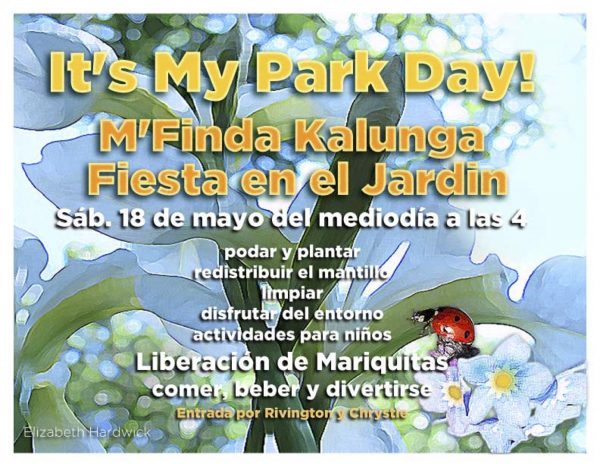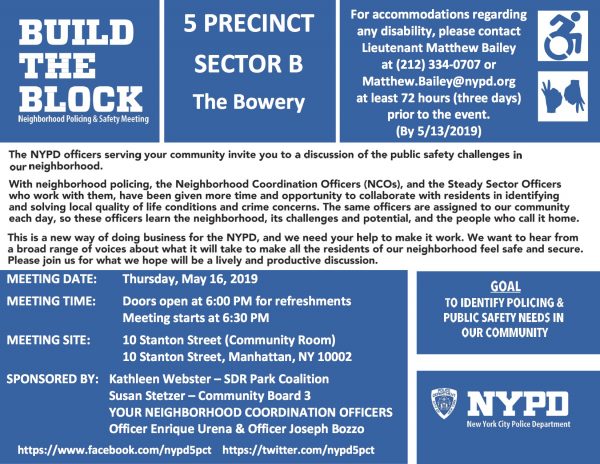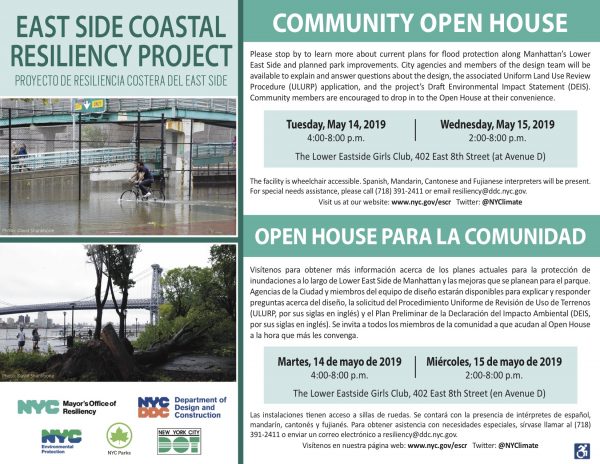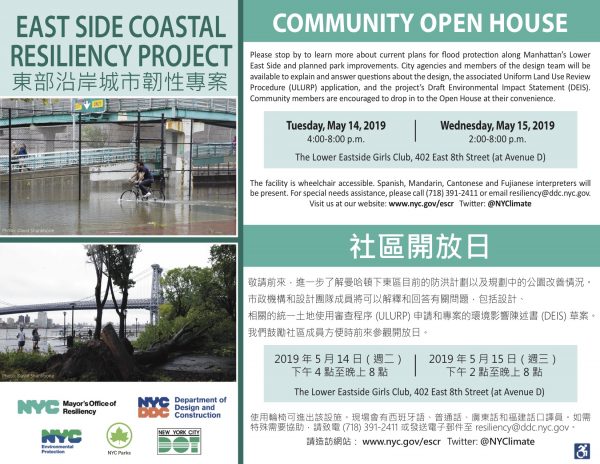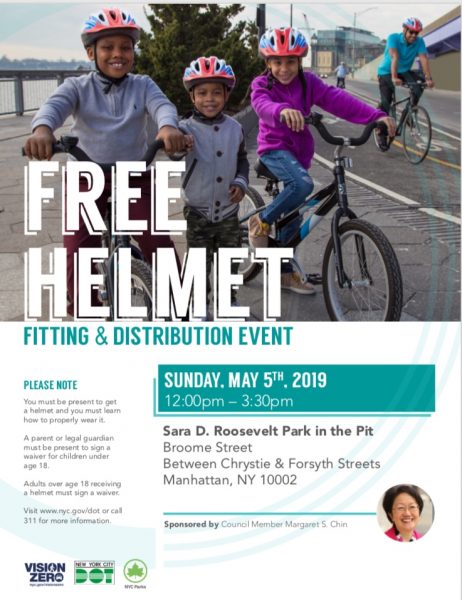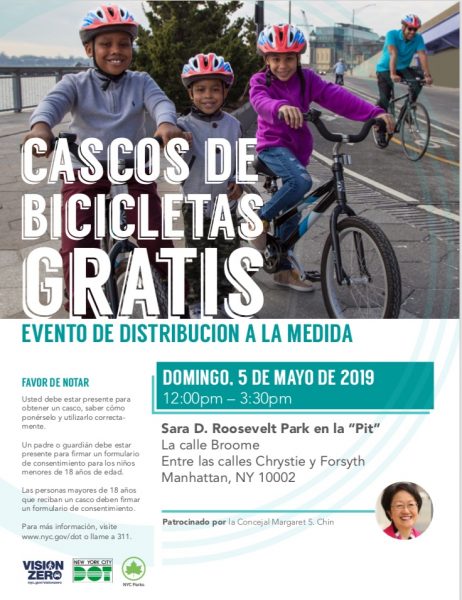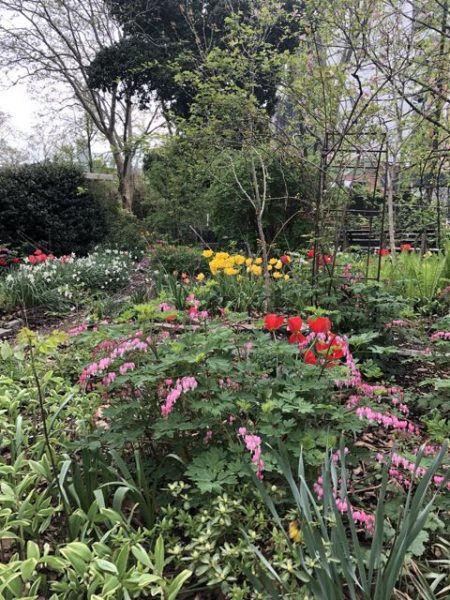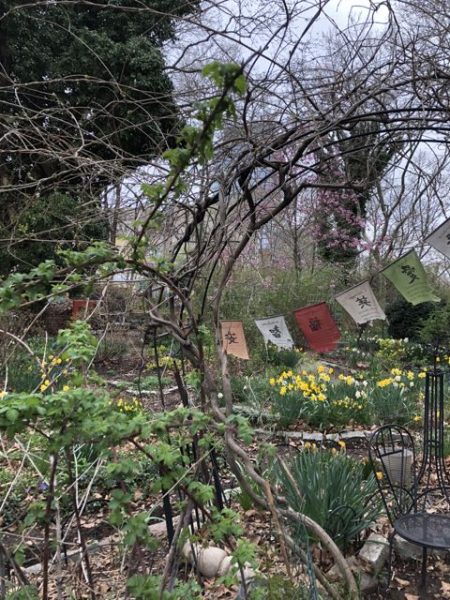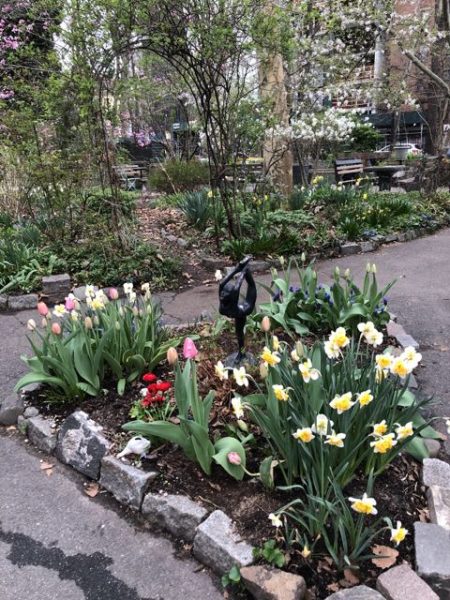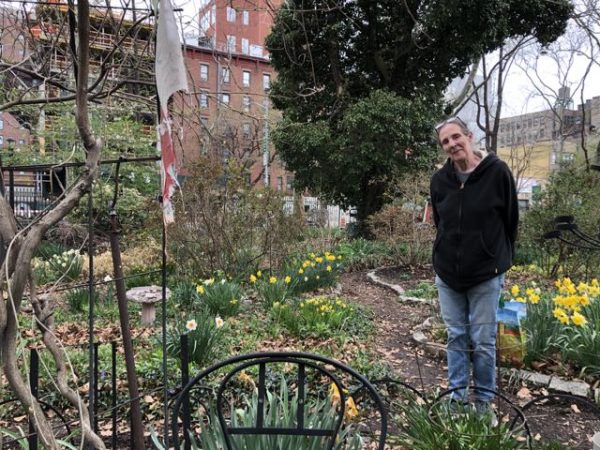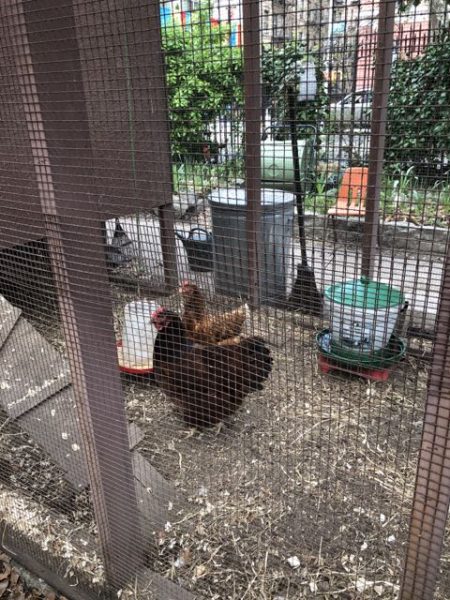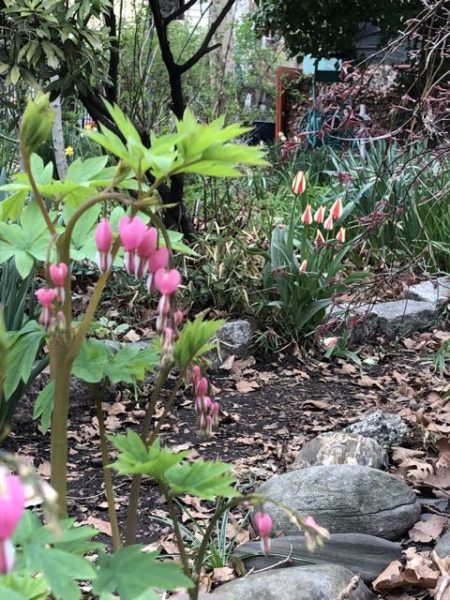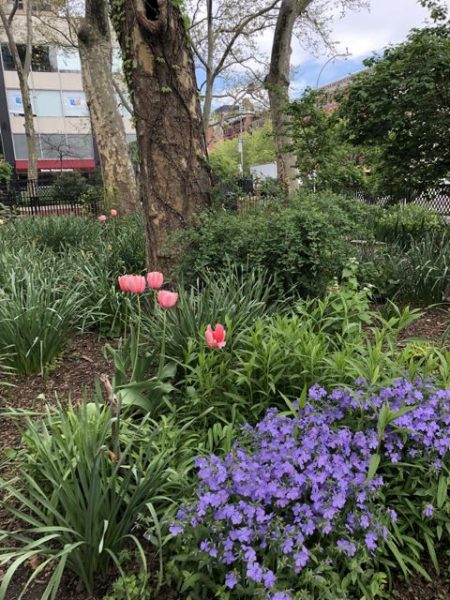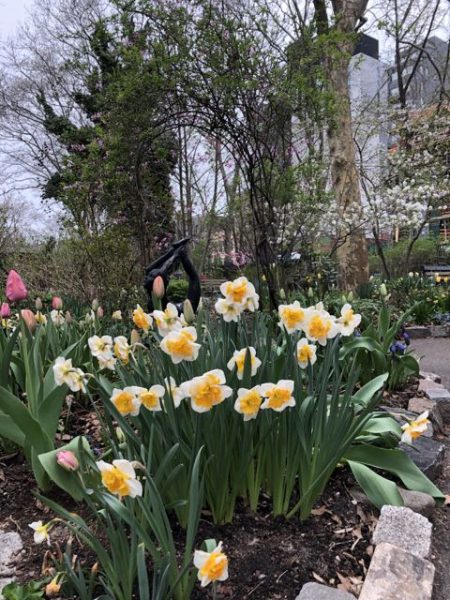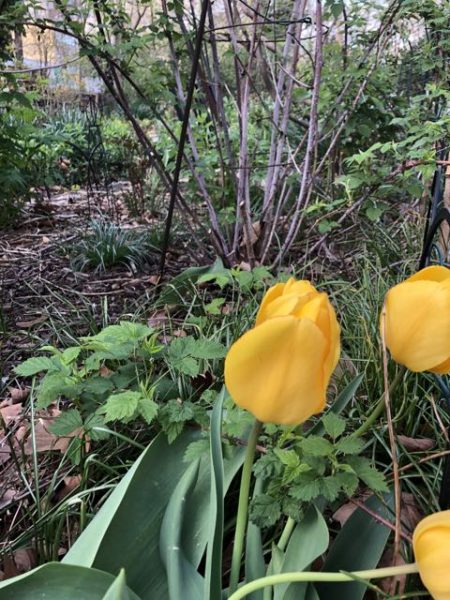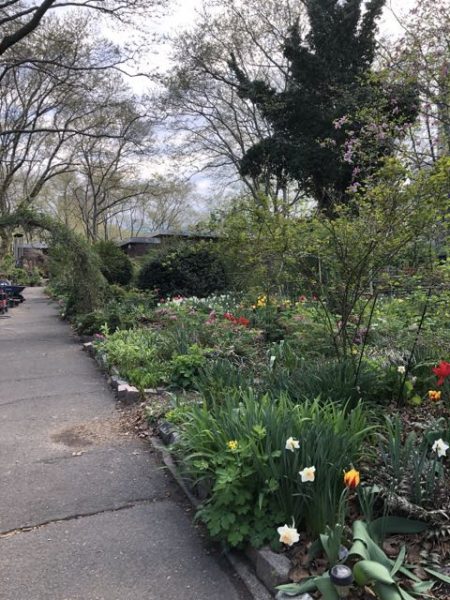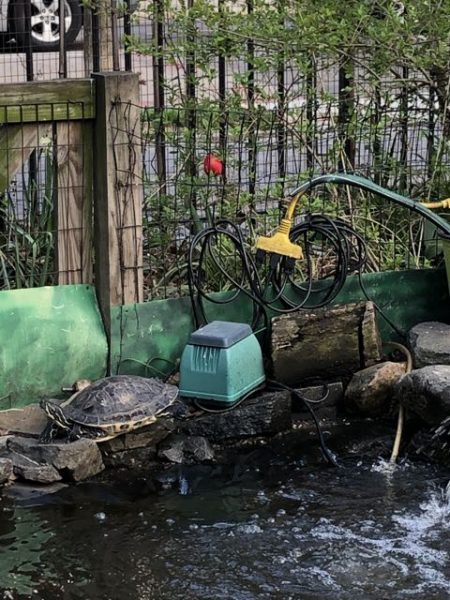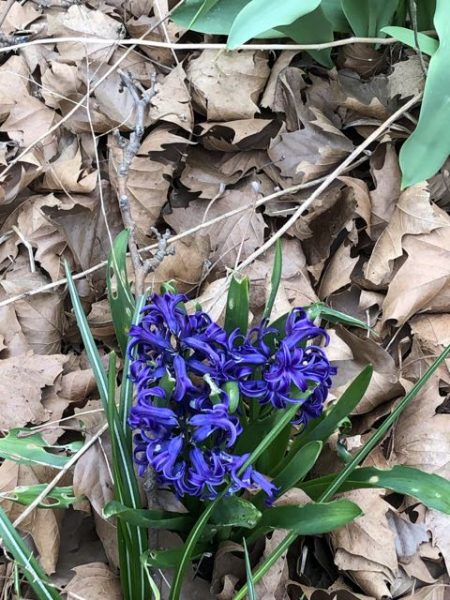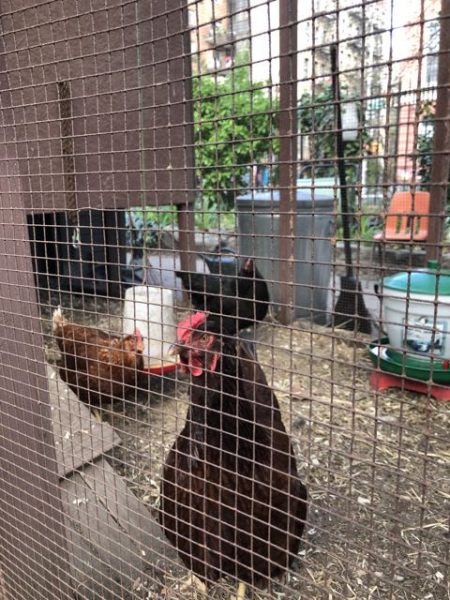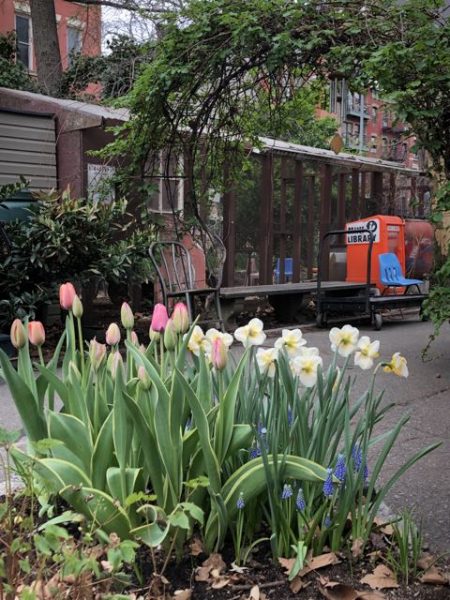“Your Gas Stove Is Bad for You and the Planet”
By Justin Gillis and Bruce Nilles
“…The need to tackle climate change is beyond urgent. We are running out of time. Within the next decade we need to cut climate pollution in half in the United States, roughly, to do our fair part in preserving a livable planet.
[The US is] retiring coal-burning power plants at a record pace, and half of them are already gone.
[but] …estimates that climate-altering emissions in the United States increased 3.4 percent last year from the year before, one of the biggest jumps in decades.
Burning gas is now a bigger source of such pollution than burning coal, and nearly a 1/3 of that gas is burned in homes and commercial buildings…
The ultimate goal of this switch-over is to run more and more of the economy on electricity, a strategy known as “electrify everything.” This makes sense because as renewable energy displaces fossil fuels, the electric grid will get cleaner and cleaner….
“…technology has come to the rescue, in the form of devices called heat pumps. They run on electricity, but far more efficiently than the electric appliances of our parents’ generation. So if we start installing them now, then as the electric grid gets greener, our buildings will be contributing less and less to climate change….
A heat pump can replace both your furnace and your air conditioner. In the winter, it sucks heat in from the outside, even when the weather is cold, and blows it into your house. In the summer, a heat pump runs in reverse, cooling the house. Highly efficient heat-pump water heaters are also widely available.
“…gas stoves are polluting our homes. Over the past decade, a growing body of scientific evidence has shown that gas stoves throw off pollutants like nitrogen dioxide and carbon monoxide. …invisible pollutants can easily reach levels that would be illegal outdoors..”
Scientists link gas stoves to asthma attacks and hospitalizations. In 2008, Johns Hopkins scientists urged doctors to advise parents of asthmatic children to get rid of their gas stoves or at least install powerful exhaust hoods. Asthma is a rampant, discriminatory disease, hitting children and communities of color the hardest.”
“…we think people who can afford to switch now need not wait for prices to fall. Enlist a good contractor, replace gas appliances with heat pumps and cap off the gas line. At the same time, state incentive programs should be designed to ensure all families can make this transition as quickly as possible, regardless of income.”
Bird Watching in M’Finda Garden
From a Gardeners:
Spotted a flycatcher (it moved to fast to photograph but here’s what they look like from Audubon):
We’ve sighted Hummingbirds, a Downy Woodpecker, Cardinals, Robins, Jays, Crows, the occasional Red Tail Hawk…
LES, E Village Riddled With ‘Hazardous’ Playgrounds, Report Says
Patch: Sydney Pereira
“…The Lower East Side, East Village and Chinatown have among the city’s most playgrounds deemed “unacceptable” by the Department of Parks and Recreation, a new report from the city comptroller’s office reveals.”
“City Comptroller Scott Stringer’s office report …”
“Community District 3 …the district — which covers the Lower East Side, East Village, Chinatown and Two Bridges — has among the highest percentage of playgrounds in disrepair…”
Read More.
Sara Roosevelt Park’s Rivington Playground:
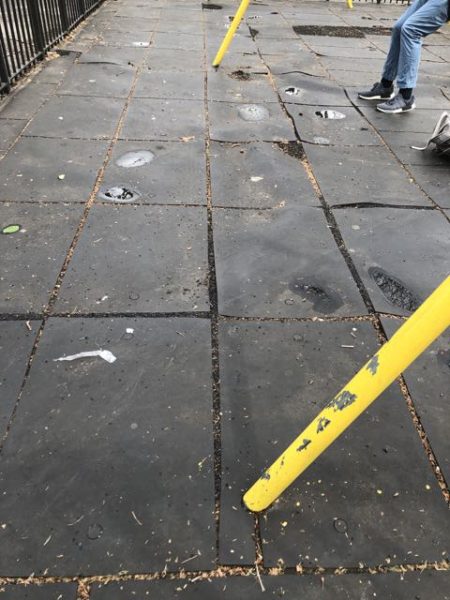
Renovations Full Throttle at Stanton Storehouse for New Public Toilets
From BoweryBoogie:
“This conversion project is two years in the making. Thanks to an allocation of $1 million in city funding sponsored by Councilwoman Margaret Chin and Manhattan Borough President Gale Brewer in 2017, the city can reconfigure this section of the brick structure.”
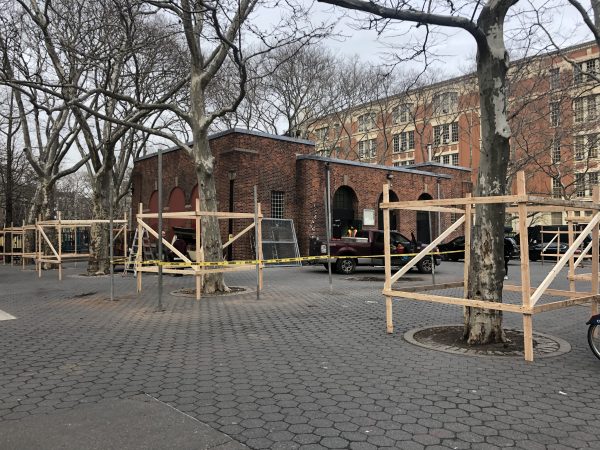
- Go to the previous page
- 1
- …
- 62
- 63
- 64
- 65
- 66
- 67
- 68
- …
- 164
- Go to the next page


